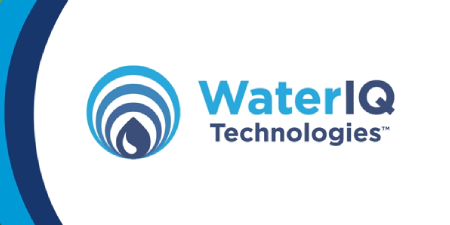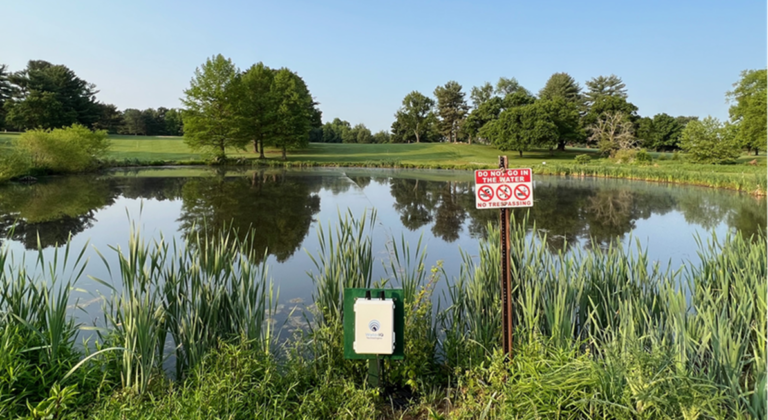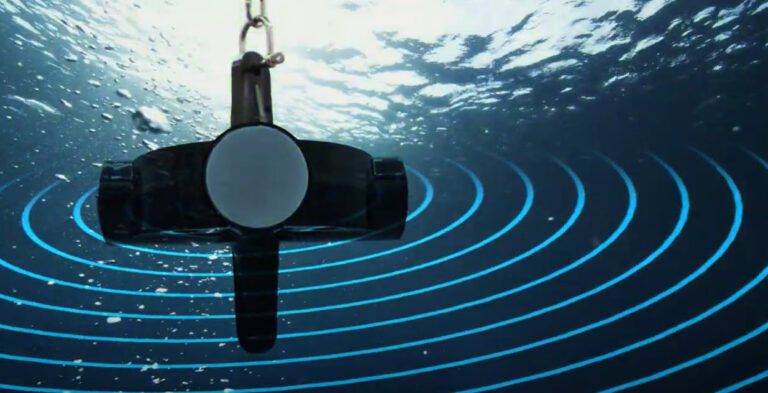As a Lake and Pond Manager, you know that algae makes it hard to maintain clean, safe, and attractive water bodies. Your customers see ugly, smelly slicks, service levels are challenged, and chemical remediation constantly strains your budgets. Chemicals will mitigate algae, but only for a while; algal blooms often bounce back long before it is safe to chemically treat the water again per label directions. How do you continuously combat algae to be sure you have happy customers?
These ongoing issues make it difficult to effectively run a pond management company, homeowner association or golf course.
There’s an easier, smarter, and more cost-efficient way to obtain algae-free ponds, based on ultrasound technology — Ultrasound waves emitted at specific frequencies kill algae from inside the cell structurer.
Keeping water bodies clean traditionally requires applying algaecides based on copper or expensive peroxide formulations. Both involve detailed testing and application schedules, typically monthly, and require your team to wear PPE. It is harder to accomplish with labor shortages.
There’s an easier, smarter, and more cost-efficient way to obtain algae-free ponds, based on ultrasound technology. Ultrasound waves emitted at specific frequencies kill algae from inside the cell structure, without harming other forms of life or releasing cyanotoxins into the water.
Ultrasound systems are installed once and run continuously, in most cases clearing the water in 15-30 days. WaterIQ ultrasound solutions are Internet of things (IoT) enabled, with telemetry providing real-time readings from the system.
For larger bodies of water, a water quality monitoring probe provides direct measurements of phycocyanin, Chlorophyll-A, conductivity, pH, DO (dissolved oxygen), ORP (oxidation reduction potential), temperature and turbidity.
You can see your ecosystems on a single pane of glass through your web browser, with all your treatment sites in one place. Hence, you can optimize your response time and set priorities around the best use of people, ensuring the highest customer satisfaction at the lowest cost.
Our telemetry hardware is bundled in our solutions, with subscriptions for services and options to add water quality monitoring.
We are WaterIQ – we kill algae with technology not chemicals.
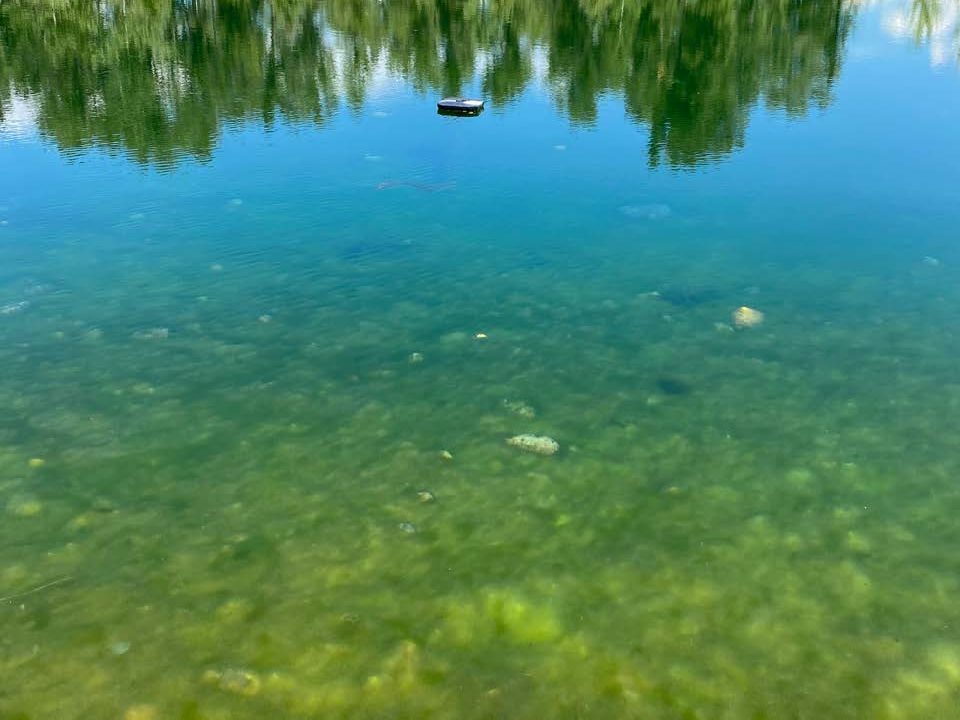
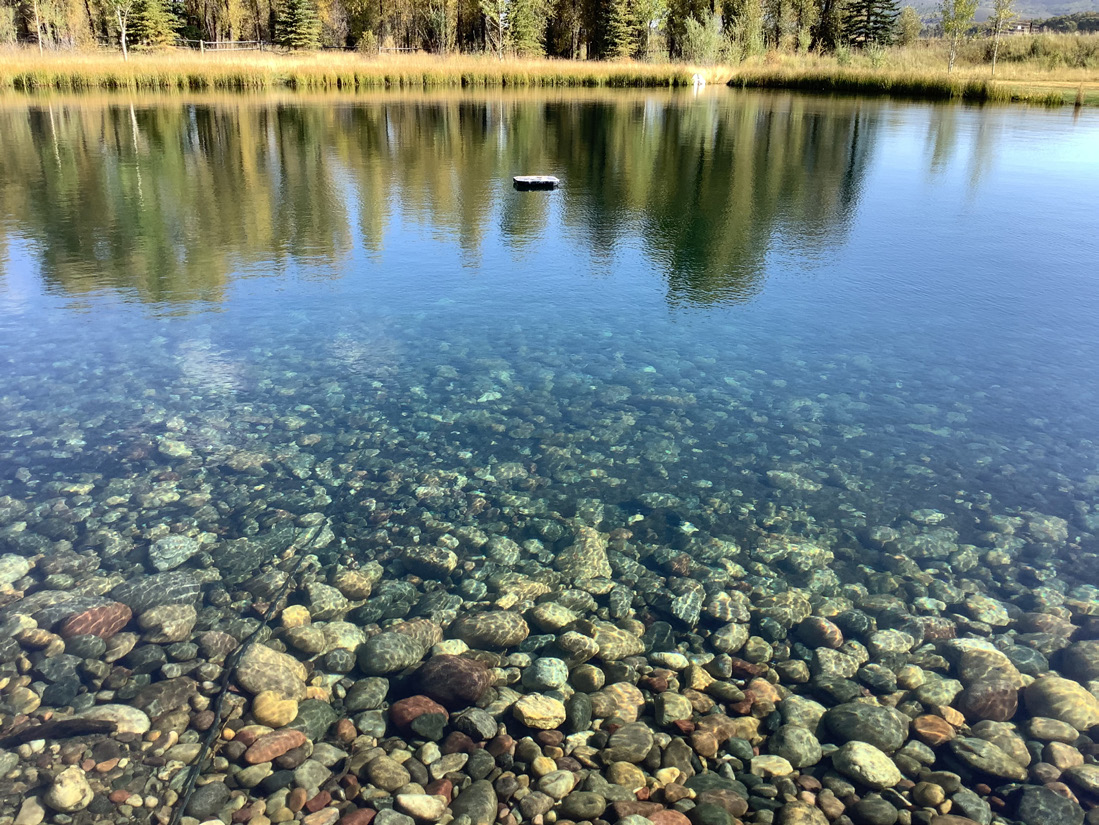
The Scope Of The Problem
The culprit in most toxic blooms is blue-green algae, also known as cyanobacteria. It’s a commonly found algae and a potential problem for anyone who manages a lake or pond. Green algae create issues of its own, coating the water surface with a slimy green layer and leaving behind potential taste and odor issues just like their blue-green counterparts.
Either form of algae can occur in a water body that is exposed to the sun, e.g., almost all lakes and ponds. Algae growth is driven naturally by photosynthesis but can be amplified by excessive amounts of nutrients added to the water. The challenge is controlling and killing algae to ensure compliance, aesthetics, and safety.
The success or failure of your remediation efforts are obvious to your customers. So, if you are managing one of the following, you are dealing with this constantly.
- Home-Owners Associations (HOAs)
- Golf course operators
- Private estates and municipalities (parks & recreation departments)
- Public gardens
- Agricultural facilities that have water retention for irrigation
- Wineries that have water retention for irrigation
Blue-green algae thrive in warm waters. The warming climate increases the potential for toxic algal blooms and their severity when breakouts occur, compelling water managers to spend even more money on chemicals and more time applying them. Labor costs increase as well, assuming you can find the labor. Maximizing limited financial and human resources is a compelling reason in and of itself to replace traditional chemical treatments with ultrasound.
But consider….
Ultrasound creates a safer working environment for your team, your clients, and your water. Certain algaecides tend to linger and have unintended targets, impacting beneficial aerobic bacteria. When aerobic bacteria die, it creates a “dead zone,” at the bottom of the pond, which allows anaerobic bacteria to thrive and do the dirty work of trying to decompose dead algae and other detritus (leaves, grass clippings, fish waste, etc.). This process releases toxins, phosphates, and odorous byproducts into the pond, triggering recurring blooms.
The Ultrasound Difference
Ultrasound disrupts the biological functions of blue-green and green algae differently, but in both cases, kills the algae at the cellular level, forcing it to sink and preventing photosynthesis and reproduction. The algae sink to the bottom and decompose. To achieve full clarity of the bottom, “beneficial bacteria” can be added in conjunction with bottom diffused aeration to speed decomposition.
This process is safe for aquatic life, pets, and people, with no accumulation of applied chemicals, as none were used.
The “kill mechanism” is a frequency sweep in dual bands that hits the resonance frequency of cell organs inside blue-green algae, green algae, and diatoms. The sweep includes 2,024 frequencies to cover most algae variations.
The ultrasound signals, which are pressure waves, impact the cells in a way that disrupts their ability to float or to reproduce. A good way to think about this is that the critical resonance associated with any structure can destroy that structure; a wine glass blows up / explodes at precisely the right frequency and power levels. Instead of exploding like a wine glass, the alga cells are damaged internally, leaving toxins and nutrients to decompose safely.
Algae has a resonance that varies by the size and characteristics of the algae. Our sweep, at the correct power level, disrupts the algae inside-out, without breaching the cellular membrane. It “pops the valve” on the algae, resulting in the algae sinking to the bottom and staying there. It dies.
The icing on the cake? Ultrasound is easy and cost-effective.
The ultrasound unit is simple to deploy. You affix the ultrasound head to either a solar-powered buoy or a float with a cable hardwired to shore for power and telemetry. In a shore-based solution, a 44V DC signal is used to ensure safety, with the telemetry shore-based. The solar buoy provides both power and telemetry from solar, with a battery backup to provide three to seven days of operation in no-light to low-light conditions.
One of the historical issues experienced by ultrasound solutions has been fouling of the piezo heads, preventing full power and degrading performance. Our newest generation of products applies a Cerakote™ ceramic thin film – a specialized ceramic coating that keeps the unit cleaner longer so that it must be washed off less frequently. All of this with no chemicals, no safety concerns for the people setting the unit afloat, and eco-friendly for children, pets, wildlife, or downstream neighbors.
Each ultrasound unit is configurable, with a wide variety of water quality sensors that can measure and transmit to the cloud, the proportion of algal contamination, pH levels, turbidity, and other properties indicative of water quality. The data is transmitted wirelessly to the cloud, making it quickly and easily accessible, so water quality managers can continuously monitor water conditions. With automated data collection, there is no need to send people to collect samples, no need for separate testing facilities, or pay for testing and analysis.
WaterIQ Technologies Gets It Done
WaterIQ Technologies supplies the most technologically advanced ultrasound systems available. Our solutions are highly effective against most types of blue-green and green algae, the former being the most common cause of toxic algal blooms. They are reliable and durable, built and warrantied to last for years.
The price of the units varies depending on how they are configured, but even fully loaded, customers will see a remarkable return on investment (ROI). The value is even starker when contrasted with the cost of repeated algaecide treatments, plus the cost of labor, storage, and the intangible costs of using an increasingly unpopular solution, that is counter to most ESG (environmental, social and governance) initiatives and investments.
Anyone responsible for the health and safety of a lake or pond can’t make a more financially and ecologically sound investment.
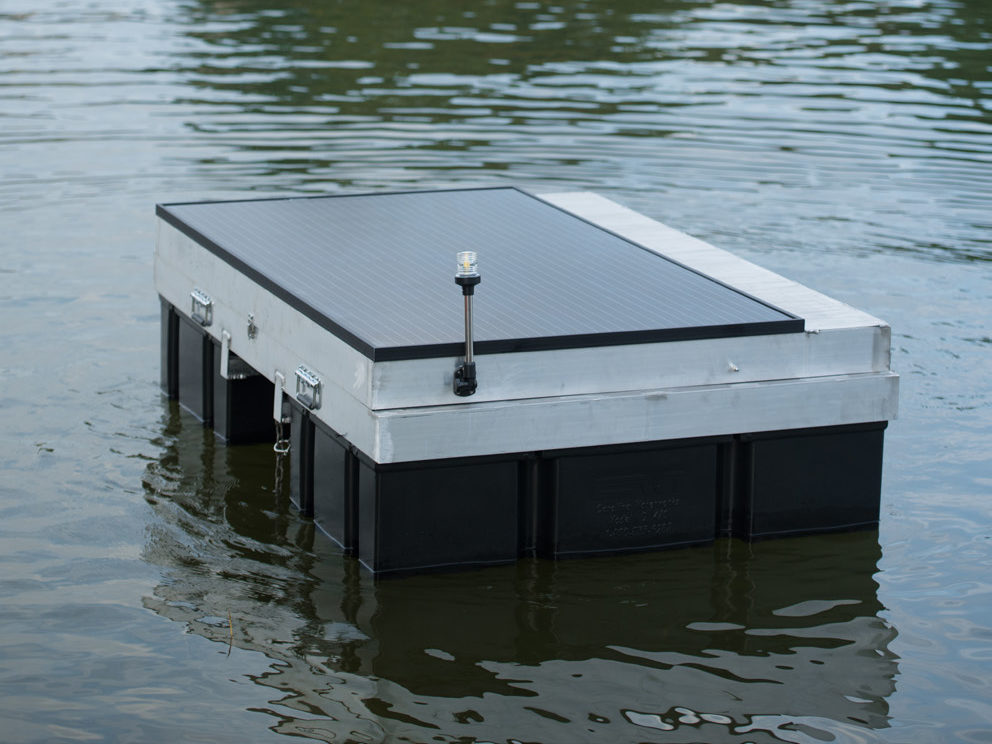
Water managers can visit www.wateriqtech.com.
Or reach out directly to Jordan Meissner, Lakes and Ponds Vice President, WaterIQ Technologies, at jordan@wateriqtech.com or by phoning him at
630-202-0925.
Companies specializing in water management interested in becoming WaterIQ Technologies dealers can contact Jordan for more information.

